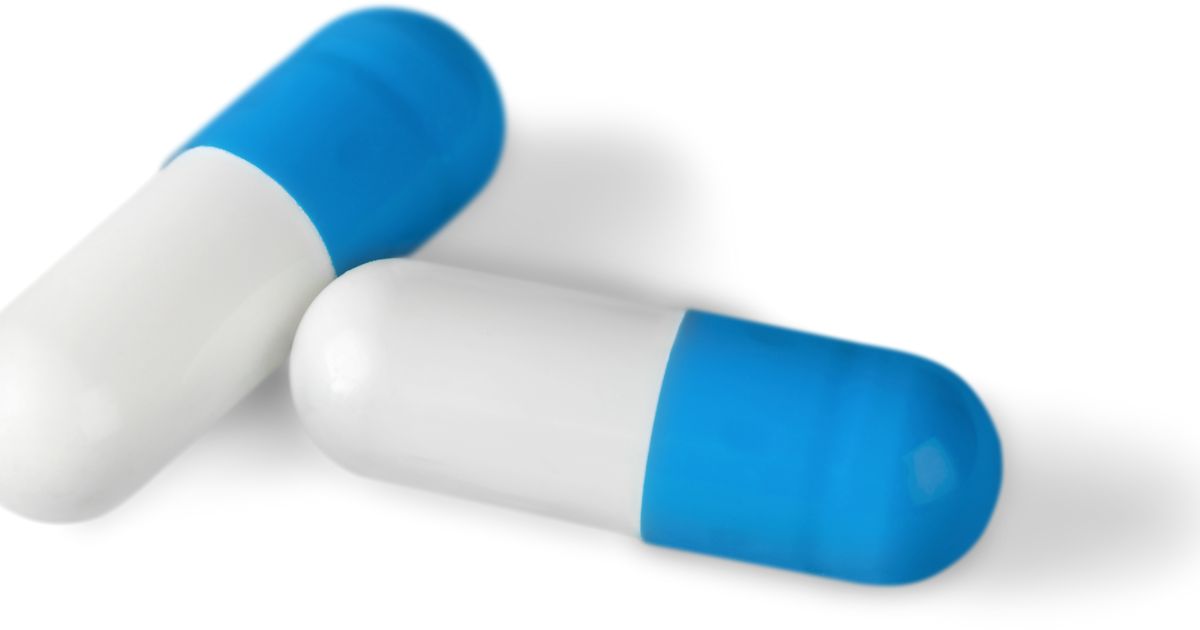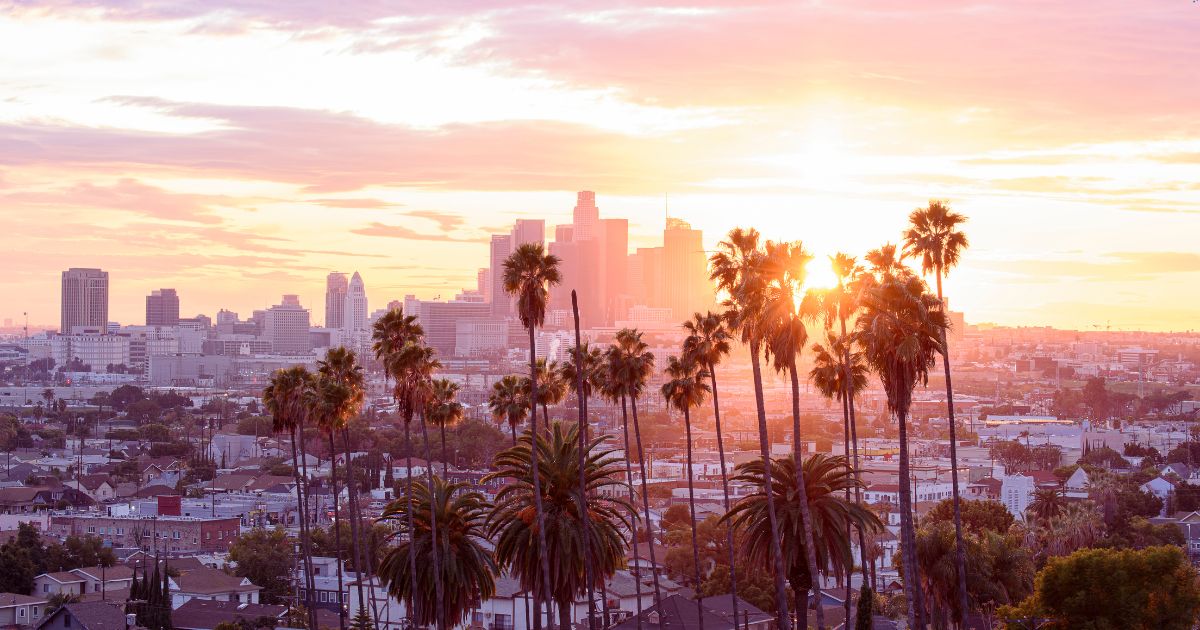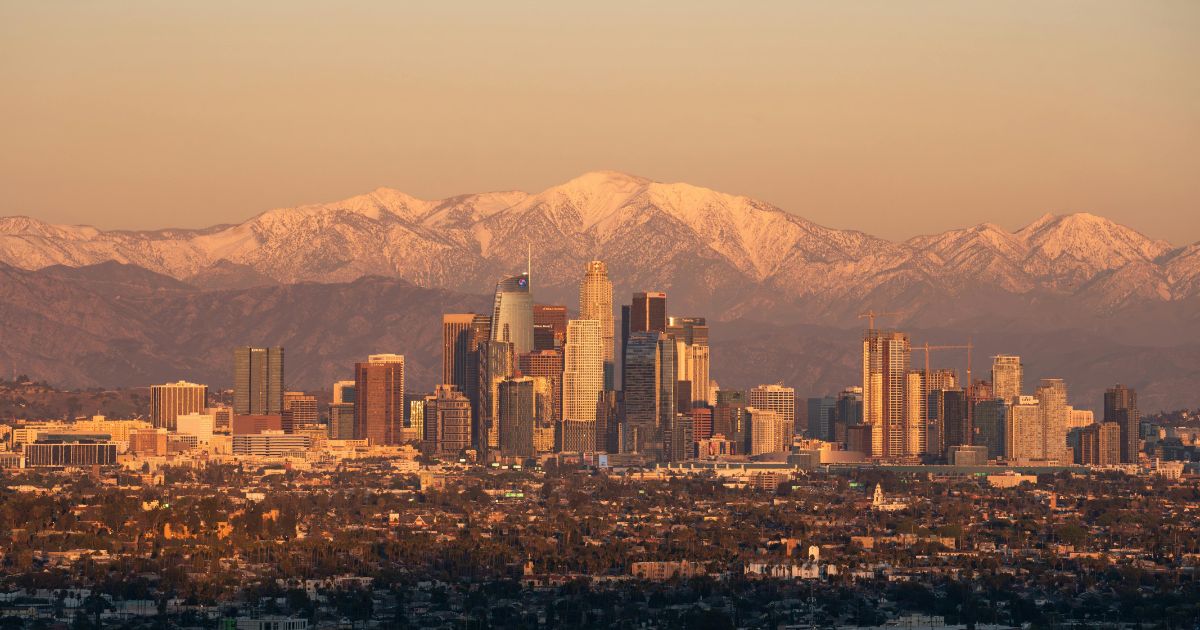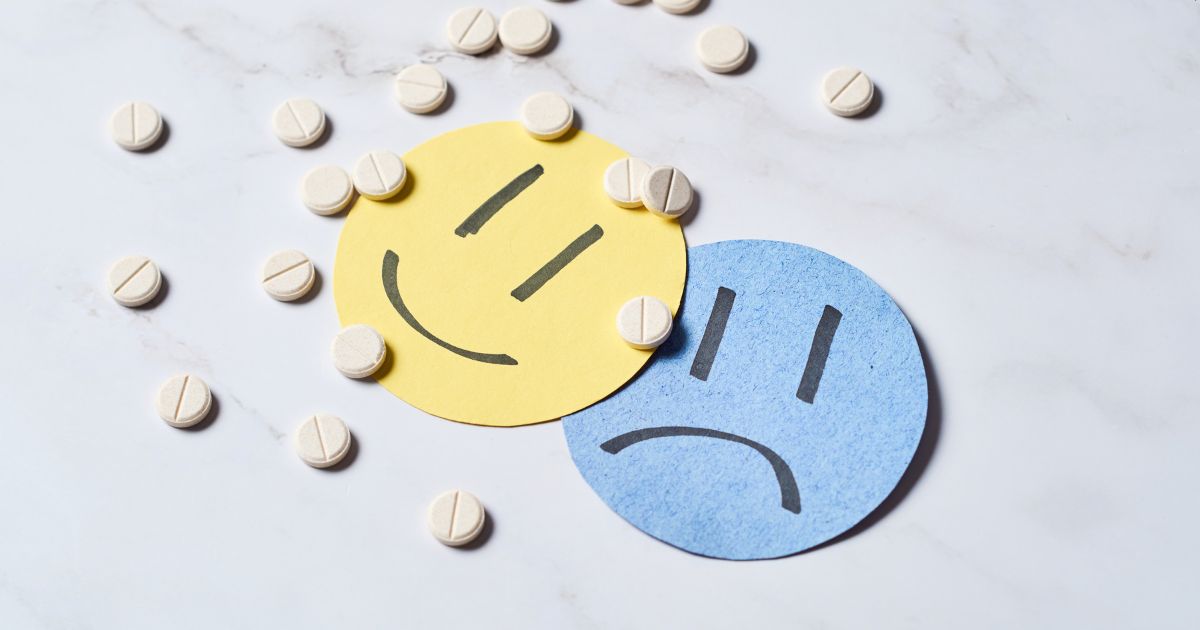What Is Dro?
“Dro weed” or “dro” for short, is slang for hydroponic marijuana – marijuana that is grown using a hydroponic system. Hydroponics is a method of plant cultivation without soil. Instead, the plants are grown in nutrient-rich water that provides all the essential minerals and nutrients needed for growth.
Hydroponic systems can be highly efficient, allowing for faster growth, higher yields, and better control over the growing environment compared to traditional soil-based cultivation. It’s popular among growers because it’s thought to yield more potent cannabis. The controlled environment also reduces the risk of pests and diseases, leading to healthier plants and more consistent results. However, growing cannabis this way requires careful monitoring and management, as any imbalance in the nutrient solution can quickly affect the plants.
How Is Dro Different From Other Kinds of Cannabis?
The main thing differentiating dro from other forms of cannabis plants is obviously the method of cultivation. Dro is grown hydroponically, meaning controlled indoor environments using grow lights rather than outdoor, soil-based growing.
There is a perception that dro is stronger, but the science is unclear on this. Some studies have indicated that hydroponic cannabis has higher levels of THC, which is the psychoactive component in marijuana responsible for the “high.” However, others have shown no significant difference in potency between dro and soil-grown marijuana.
Studies have shown that levels of THC in marijuana have consistently risen over time, going from an average of less than 2% in 1975 to over 17% today. It is unclear to what extent this is owed to hydroponic marijuana. Still, hydroponics became more mainstream in the 1980s, which is when average marijuana potency skyrocketed from around 4% to its current levels today.
There are several reasons for this. Large-scale operations use hydroponics to produce consistent, high-quality cannabis at scale. The precision and control offered by hydroponic systems made them a preferred method for many commercial growers. Hydroponic weed also grows faster, meaning higher yields and the controlled growing environment can increase potency.
And because they are indoors, they are more insulated from soil-borne pests and diseases, roving thieves, and overhead flights by law enforcement.
Do People Smoke Dro Weed?
Yes, people smoke dro. It’s often associated with higher THC levels because the growing process allows for more precise control over the plant’s nutrient intake, which makes for a more potent product.
One common way people smoke hydroponic weed is by rolling it into a “joint” or “blunt” using cigarette or cigar rolling papers, respectively. Smoking it out of a pipe, bong, or increasingly a vaporizer (“vape”) is also a popular method.
Dro weed can be consumed through marijuana edibles as well.
Street Names for Marijuana
Marijuana has a wide variety of street names that vary by region, culture, and context. These names often reflect different aspects of cannabis, such as its appearance, effects, or origin.
Some common street names currently used include:
- Weed
- Bud
- Chronic
- Skunk
- Smoke
- Trees
- Dro
- Hydro
- Kush
- Loud
- Dank
- Diesel/ Sour D
Older street names for marijuana include:
- Reefer
- Grass
- Mary Jane
- Ganja
- Herb
- Pot
- Green
- Dope
These street names for dro or marijuana can vary widely depending on the context and the times, with new slang terms frequently emerging. When it comes to hydroponic weed in particular, people tend to refer to it as “hydro weed,” “hydro,” or just “dro.”
Hydroponic Weed in Popular Culture
Dro weed has been name-dropped in movies like Pineapple Express and Harald and Kumar Go to White Castle, as well as countless rap and reggae songs.
Hydroponic weed has been a staple of rap and reggae lyrics since the 1990s. It’s often contrasted with lower-quality, outdoor-grown weed (sometimes referred to as “reggie” or “regs”) to signify sophistication or street credibility.
Get confidential help from our addiction treatment specialists in Orange County. Call to join our rehab program today!
Call 866-881-1184What Are the Risks of Hydroponic Marijuana?
Hydroponic marijuana – marijuana generally – is significantly more potent than it was when it first became mainstream in the 1960s – this is no longer your grandfather’s “grass.”
Physical Risks of Dro
The higher THC content in hydroponic weed can raise your heart rate and, in some cases, lead to dizziness and nausea. Smoking marijuana can also lead to respiratory issues. Research shows that marijuana smoke can irritate the lungs, leading to conditions like chronic bronchitis.
Those with weak immune systems should also be aware that marijuana grown in places with inadequate climate controls can become infected with mold. There is a specific type of mold that grows on marijuana called Aspergillus, which has been known to cause lung disorders.
Mental Risks of Dro
The higher THC content in dro can lead to intense psychoactive effects. These include heightened anxiety, paranoia, or even panic attacks, especially in those already prone to these conditions. It can also exacerbate mental health conditions like depression or schizophrenia.
Regular consumption of hydroponic cannabis can also lead to cognitive issues like impaired memory, attention, and decision-making ability.
What Are the Long-Term Risks of Using Potent Cannabis?
While it’s common for people to downplay the risks of marijuana, waving off concerns as outmoded, recent scientific studies have found there are indeed real risks associated with the drug.
The Substance Abuse and Mental Health Services Administration (SAMHSA) states that marijuana use that is prolonged in adolescents and preteens can have a number of negative impacts. Short-term users have reported experiencing anxiety, low self-esteem, and paranoia. Marijuana consumption has been linked to a number of detrimental effects over time. For instance, the SAMHSA and other reputable organizations have connected marijuana usage to a range of mental health conditions and lifelong IQ loss.
Many studies also find a link between marijuana abuse and schizophrenia. It’s thought that THC can exacerbate schizophrenic tendencies in people already predisposed to the condition, helping to bring it on or worsen it. For people with family history of mental illness, smoking hydroponic weed is a terrible idea.
Finally, there’s a lot of evidence marijuana is often a gateway drug to other drugs. People also combine marijuana with Xanax or other drugs, which is a form of polysubstance abuse.
Can People Get Addicted to Smoking Dro?
While the popular conception of marijuana is that it is not addictive (at least in terms of physical dependence), there are many anecdotal reports of marijuana withdrawal symptoms. These include things like tightness in the chest, stomach discomfort, heightened anxiety, muscle aches, and shaking. These symptoms are similar to those of panic attacks and the flu. It can make withdrawal difficult to do on one’s own.
It might be that high-potency marijuana, like dro, was more addictive than marijuana in the past due to its much higher THC content. This increased potency can lead people to develop tolerance and dependence.
Cannabis use disorder is very real. If you are currently struggling with addiction to hydroponic marijuana, seek out the best marijuana detox that you can.
Looking for quality substance abuse treatment that’s also affordable? South Coast accepts most major insurance providers. Get a free insurance benefits check now.
Check Your CoverageLifestyle Changes for Marijuana Recovery
Recovering from marijuana use disorder involves more than just no longer smoking dro. It means making real changes in your life.
Here are some key lifestyle changes you can make to support your long-term recovery:
- Build a Support Network: If you currently only hang out with people who smoke dro, you might consider distancing yourself from them, especially if they don’t support your decision to quit. Surround yourself with friends and family that want the best for you.
- Exercise: Physical activity releases endorphins, which can improve mood and reduce stress, anxiety, and cravings associated with withdrawal. Consider weight-lifting, running, or even going for regular walks.
- Establish a Healthy Routine: Putting more structure in your life will alleviate anxiety and keep you focused. Maintain a regular schedule for meals, work, exercise, and leisure.
- Mindfulness: If you find yourself often resorting to smoking dro to deal with anxiety, consider there are healthier alternatives. Exploring mindfulness practices like meditation can help you manage stress and stay in the moment.
- Hobbies: Find new hobbies or rediscover old ones to take the place of your former habit. Art, music, reading, sports, or other, more contemporary pursuits like indoor rock climbing can all provide healthy outlets and take your mind off smoking.
Having a clear mind and healthy body is one of the best benefits of quitting weed. Of course, if you are trying all these and still struggling with cannabis addiction, consider getting treatment for marijuana use disorder.
Who Offers Marijuana Use Disorder Treatment?
Marijuana use disorder can be found at a variety of drug addiction treatment centers. These are specialized facilities that offer comprehensive treatment programs for substance use disorders, including marijuana addiction. They often provide a range of services, from detoxification to therapy and aftercare planning.
Marijuana Detox and Withdrawal
Marijuana detox refers to the process of clearing THC (the active compound in marijuana) and other cannabinoids from the body, which typically occurs when a person stops using marijuana after a long period of abusing the drug. During detox, individuals may experience withdrawal symptoms as their body adjusts to the absence of the substance.
Although marijuana withdrawal is generally considered less severe than withdrawal from substances like alcohol or opioids, it can still be uncomfortable and challenging, especially for those who have used high-potency marijuana like dro.
Outpatient Marijuana Treatment
Outpatient treatment for marijuana dependence will typically involve individual therapy such as cognitive-behavioral therapy (CBT), group therapy, and education sessions that focus on building coping skills and preventing relapse. The flexible nature of outpatient care allows participants to apply the strategies they learn in real time, making adjustments as they navigate their daily environments.
This kind of treatment is effective at offering support and holding people accountable over time while enabling them to continue with their normal lives, which could be important for long-term sustainability.
Holistic Treatment for Marijuana Disorder
Holistic treatment is about cultivating a healthy lifestyle that will support overall well-being. Among the facets of holistic therapy are mindfulness, meditation, exercise, proper nutrition, and others. Holistic measures such as stress reduction techniques, physical fitness enhancement practices, and emotional resilience creation can provide individuals with a solid foundation for lifelong recovery from addiction to hydroponic marijuana.
- A Timeline of Cultivation Technology (cannatechtoday.com)
- Changes in Cannabis Potency over the Last Two Decades (1995-2014) – Analysis of Current Data in the United States – PMC (nih.gov)
- Marijuana and Lung Health | American Lung Association
- Allergic bronchopulmonary aspergillosis associated with smoking moldy marihuana – PubMed (nih.gov)
- Know the Negative Effects and Risks of Marijuana Use | SAMHSA
- The Association Between Cannabis Use and Schizophrenia: Causative or Curative? A Systematic Review – PubMed (nih.gov)









